Héctor Scarone
Héctor Scarone is considered one of the best players of all time and for many the best player in the history of Uruguay. Giuseppe Meazza would even say that he is the best player he has seen play.

Games
Goals
Assists
Trophies
1916/26 Nacional (URU) 115 matches, 108 goals
1926 FC Barcelona (ESP) 18 matches, 9 goals
1927/31 Nacional (URU) 45 matches, 39 goals
1931/32 Inter Milan (ITA) 14 matches, 7 goals
1932/34 Palermo (ITA) 54 matches, 13 goals
1934/39 Nacional (URU) 31 matches, 16 goals
With the National Team :
52 caps, 31 goals
(Friendly matches: 14 caps, 6 goals)
(World Cup: 3 caps, 1 goal)
(Copa America: 19 caps, 13 goals)
(Olympic Games: 8 caps, 8 goals)
(Copa Lipton: 3 caps, 3 goals)
(Copa Newton: 5 caps)
1st cap: September 2, 1917 against Argentina (1-0)
Last cap: July 30, 1930 against Argentina (4-2)
unofficial: 18 caps, 11 goals

Hector Pedro Scarone Beretta
Born November 26, 1898 in Montevideo (URU)
Died April 4, 1967 in Montevideo (URU)
Uruguayan, striker, 1m73
Nicknames: El Magico, El Mago, El Gardel del Futbol
The Scarone brothers, the success of the Nacional
Héctor Scarone was born on November 26, 1898 in Uruguay in the city of Montevideo. Son of a family of Italian immigrants, he started playing football at a very young age and was a great admirer of his brother, Carlos, who played in the national team. His older brother, who was 10 years older, returned to Uruguay in 1914, after a short period at Boca Juniors. For his part, the young Héctor learned the ropes at another club in the capital playing in the Uruguayan third division.
In 1916, when he was only 17, he joined the first team of Nacional Montevideo where his brother played. His brother, who was already a living legend of Uruguayan football, was quickly overtaken by Héctor. Héctor was a 1m73 striker who was very agile, technical and excellent at finishing.
Héctor Scarone became the favorite player of many fans in just a few matches. With an extraordinary vision of the game, he has a great natural complicity with his brother on the field and the two players will wreak havoc. With the Scarone brothers, Nacional Montevideo will dominate the country's championship. They end the year 1916 with a 12-point lead over the second in the championship with 30 points, 14 wins, 2 draws, 28 goals scored for 5 conceded.
The young star of the country
The titles do not stop there, since the same year Carlos and Héctor Scarone's teammates also win the "Copa Aldao" and the "Copa de Honor Cusenier", two competitions that were the precursors of the Copa Libertadores, bringing together the best Uruguayan and Argentinian clubs. The younger of the siblings stands out by scoring a goal in each of the two finals and thus already marks the history of his club.
This duo with his brother will also mark the Uruguayan national selection since the two players. Héctor joined the national team in 1917, a year after his debut. As the favorite, Uruguay, which had already won the 1916 edition, would win the 1917 edition. Héctor Scarone therefore took advantage of this tournament to show himself. He scored the first goal of a long list in the national team against Brazil (4-0 victory) after remaining silent against Chile a few days earlier. During the last match of this mini championship bringing together four nations (Uruguay, Brazil, Chile, Argentina), the Celeste and the Albiceleste met for what would serve as the final. Uruguay won once again (1-0) thanks to a goal scored by… Héctor Scarone, it could not have been otherwise. The young 19-year-old striker then became a real star in his country. And it's not about to stop...
One of the greatest legends of the national team
During the 20s, Héctor Scarone is at the top, with Nacional Montevideo, he will chain the titles of champion of the country: 1917, 1919, 1920, 1922, 1923, 1924. With Uruguay, he wins 13 international titles, including the 1930 World Cup, 2 Olympic Games and 4 Copa America!
During the 1930 World Cup, at 31 years old, he will peak at the top of world football. Scarone who is the most experienced player of his selection, will find himself in the final for this tournament, against Argentina, the two best nations of that time. After a dream semi-final, victory 6-1 against Yugoslavia, Uruguay will impose its domination on football.
However, Uruguay was behind at half-time, and Scarone, who had only scored one goal in the competition, turned into an excellent playmaker. He provided 2 assists in the second half, a first for Pedro Cea, a second for Santos Iriarte, and Uruguay was crowned world champion. Héctor Scarone decided to retire at the end of this success.
He will forever remain one of the greatest legends of his country's national team, playing 52 games for Uruguay and scoring 31 goals, including 22 in major tournaments. His 31 goals would only be surpassed more than 80 years later, by Diego Forlan in 2011.
First European adventure
One of the highlights of its history was the Nacional Montevideo tournament in Europe, which made the biggest tour of Europe of all time. The club played 38 games there, and imposed itself in the eyes of the Europeans. The Uruguayan club won 26 of the 38 games, of the 130 goals scored by the club, 26 were by Héctor Scarone. His performances impressed everyone. "El Mago" as he was nicknamed was approached by the biggest European clubs.
At the end of the tournament, it was FC Barcelona who recruited the player in 1926. He was welcomed as a South American superstar and one of the best players in history. Unfortunately, the adventure was short-lived, after only 18 matches and 9 goals scored, the player decided to return to Uruguay. All this, despite a huge contract offered! 30,000 pesos/year for five years!
The reason for his choice? It was very simple, at a time when the professionalization of football was prohibited in Uruguay, the player could no longer play for his country. In 1927, he returned to Nacional, he justified his choice: "I was thinking of Uruguay, the 1928 Olympic Games were coming soon and I had to come back here to my club Nacional."
Second European adventure and end of career
But after his successful World Cup, the player still dreamed of returning to play in Europe. After retiring from international football, he joined Inter Milan, led by a certain Giuseppe Meazza, where he only stayed for one season before leaving for Palermo, but left a great impression. Giuseppe Meazza would go so far as to say that he was the best player he had ever seen in his life.
In Italy, he was renowned for his technical skills, his dribbling and passing skills. Despite playing more in the background on the pitch and playing more as a leader, he captivated the country's fans. In 1934, he returned to Nacional, the club of his life, where he remained until his retirement in 1939.
Trophies :

World Cup x1
- 1930 (Uruguay)
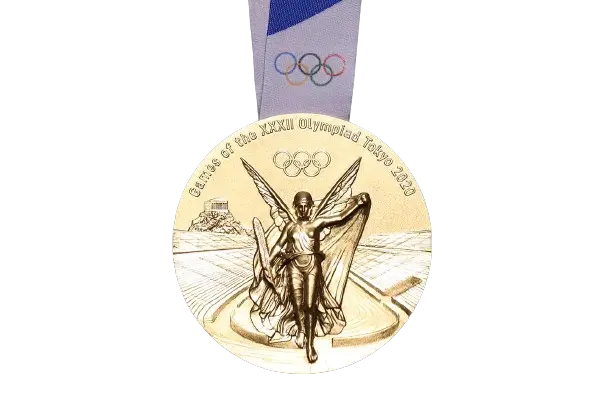
Olympic Games Gold Medal x2
- 1924 (Uruguay)
- 1928 (Uruguay)

Copa America x4
- 1917 (Uruguay)
- 1923 (Uruguay)
- 1924 (Uruguay)
- 1926 (Uruguay)
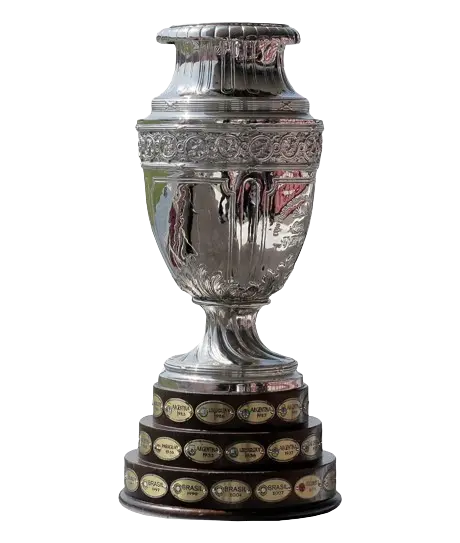
Finalist Copa America x2
- 1919 (Uruguay)
- 1927 (Uruguay)
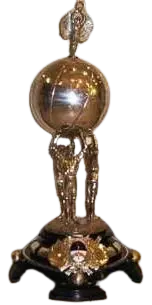
Copa Lipton x2
- 1919 (Uruguay)
- 1927 (Uruguay)

Finalist Copa Lipton x1
- 1918 (Uruguay)
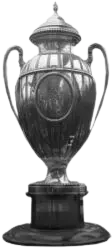
Copa Aldao x3
- 1916 (Uruguay)
- 1919 (Uruguay)
- 1920 (Uruguay)
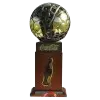
Uruguayan League x8
- 1916 (Nacional)
- 1917 (Nacional)
- 1919 (Nacional)
- 1920 (Nacional)
- 1922 (Nacional)
- 1923 (Nacional)
- 1924 (Nacional)
- 1934 (Nacional)
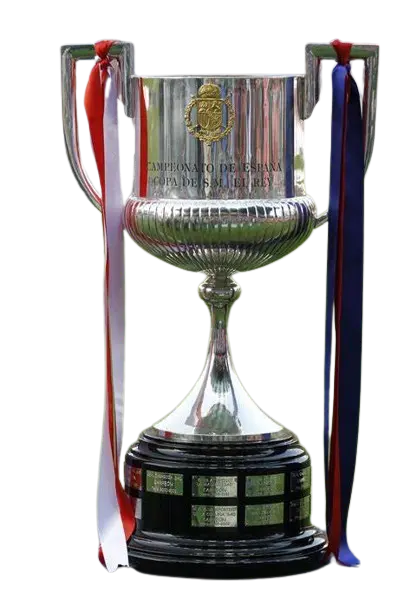
Copa Del Rey x1
- 1926 (FC Barcelona)
Copa de Honor x2
- 1916 (Nacional)
- 1917 (Nacional)
Copa de Competencia x3
- 1919 (Nacional)
- 1921 (Nacional)
- 1923 (Nacional)
Torneo Competencia x1
- 1934 (Nacional)
Catalan Championship x1
- 1926 (FC Barcelona)
Torneo de Honor x3
- 1935 (Nacional)
- 1938 (Nacional)
- 1939 (Nacional)
Individual Trophies :
- Top Scorer of the Copa America in 1927 (3 goals)
- Top Scorer of the Uruguayan Championship in 1931 (8 goals) (Nacional)
- Voted best player of the Copa America in 1917
- Named in the team of the tournament of the 1930 World Cup